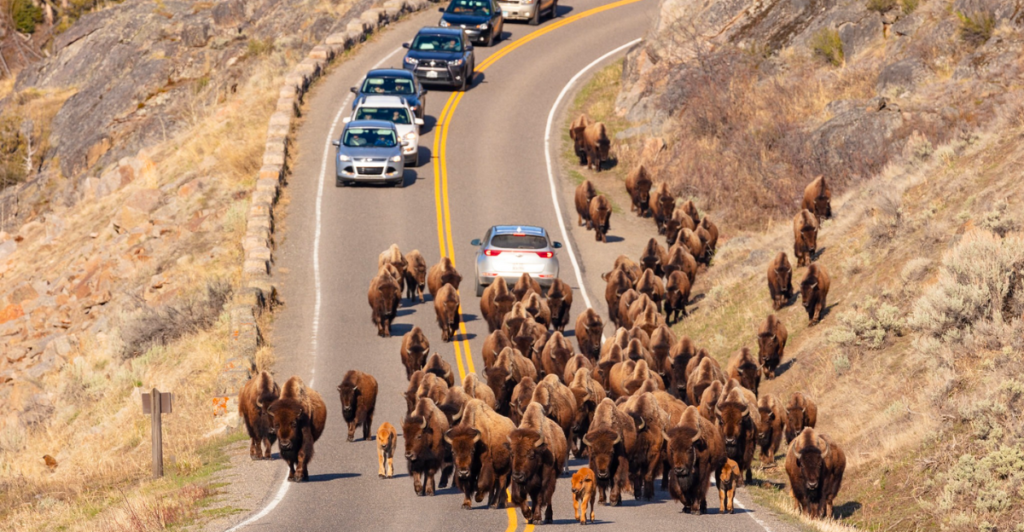
The bison, a symbol of the American West, has been a focal point of conservation efforts and wildlife management in the United States. However, tension between the state authorities and park management over the species has led Montana to take a significant step in filing a lawsuit against Yellowstone National Park over its plans to increase the bison population in the park.
The Mighty Bison
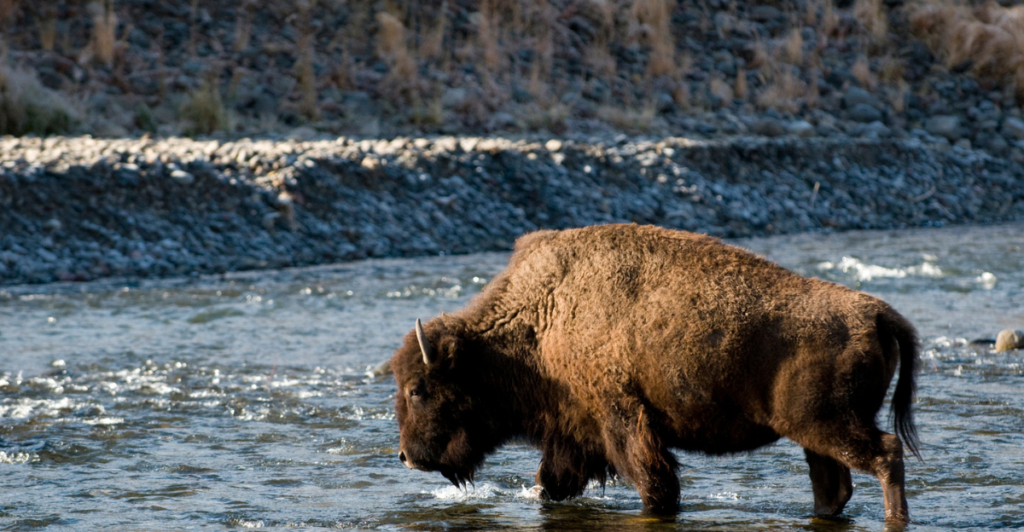
Native to North America, Bison feed on grass, herbs, twigs, and leaves. Males can grow to roughly 6.5 feet tall and weigh more than 1,980 pounds, while females are closer to five feet tall and weigh 700 pounds. They are known to migrate south during winter months, and their population decreased dramatically due to hunting. Today, they mainly live in protected areas, such as Yellowstone National Park.
Near Extinction
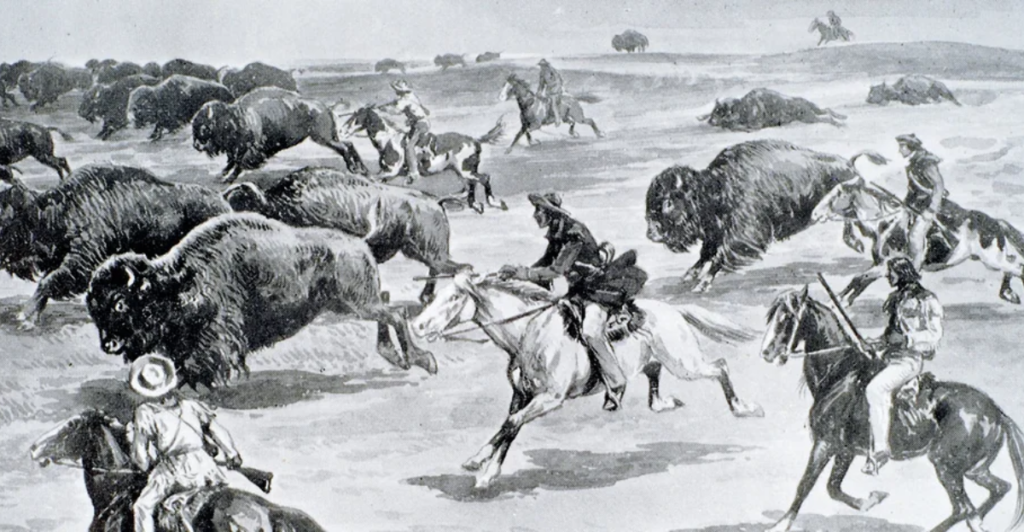
Bison were once vast in number–roughly 30 million bison inhabited North America before European colonization. However, by the late 19th century, commercial hunting and habitat loss had decimated their populations, leading to near extinction, with less than 1,000 individual bison remaining.
Bison Conservation in the Past
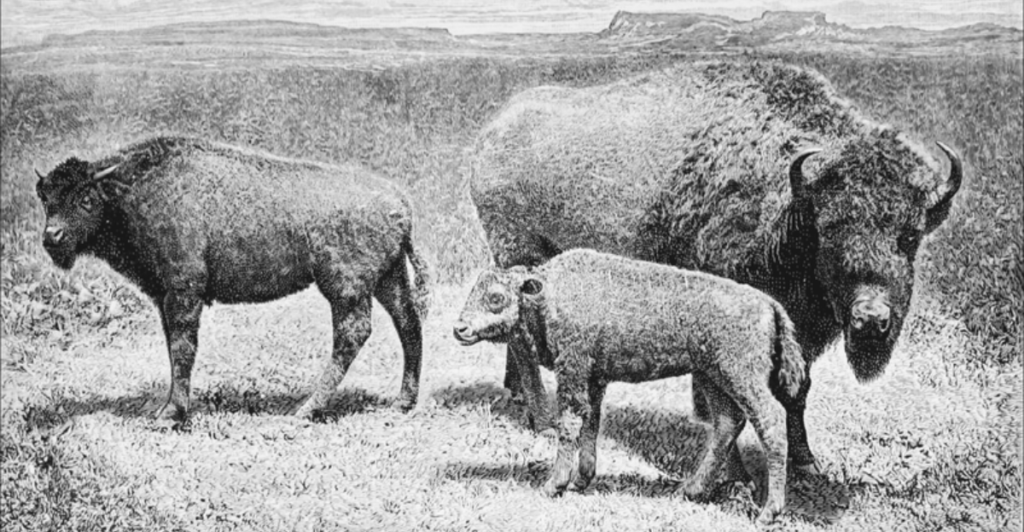
In 1907, the first national preserve for bison was founded in Oklahoma. At this time, sanctuaries, zoos, and safe havens were the only places where bison could survive. Later, hunting laws and other protective measures were put in place to protect the population, allowing them to thrive and reproduce. Today, their numbers are in the 300,000s.
The Bison Population in Yellowstone
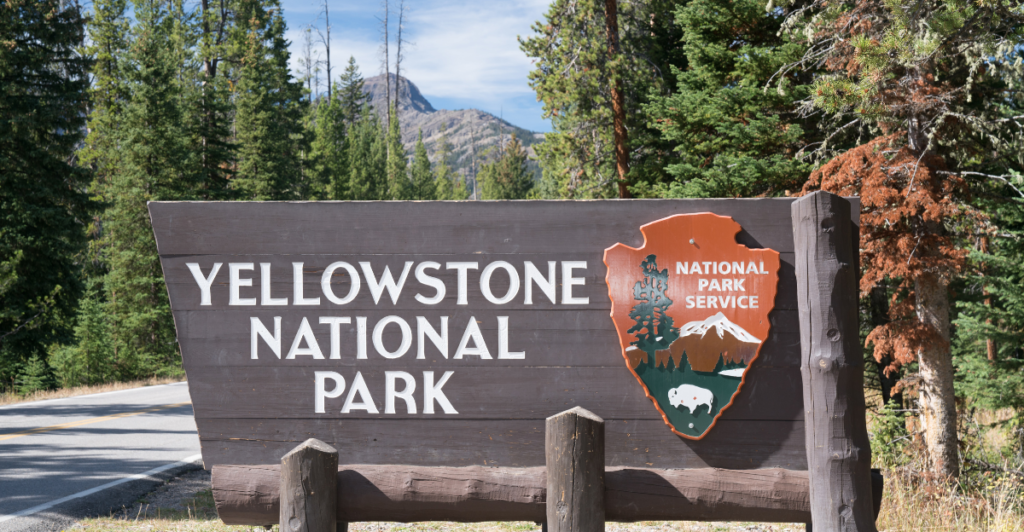
Yellowstone National Park is renowned for its diverse ecosystems and rich wildlife, with bison being one of its most iconic features. The herd’s population has fluctuated due to seasonal conditions and management intervention, but over the last 10 years, it has been fairly steady at roughly 5,000, according to the park’s Record of Decision dated July 2024.
Yellowstone’s Plan
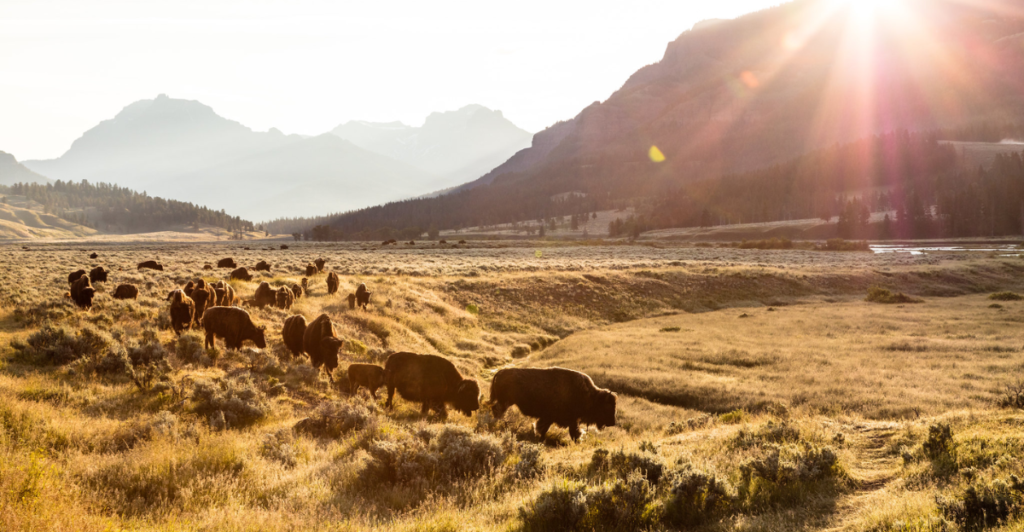
The park plans to increase its bison population to 6,000 individual animals. To help increase tribal herds, the park will implement processes to transfer live bison to tribal lands, providing them with meat and hides. The park’s plan is to maintain the population threshold by transferring bison to tribal lands when the population reaches the 6,000 limit and relying on state harvests (hunting bison outside the park’s boundaries to control the population).
Montana’s Concerns
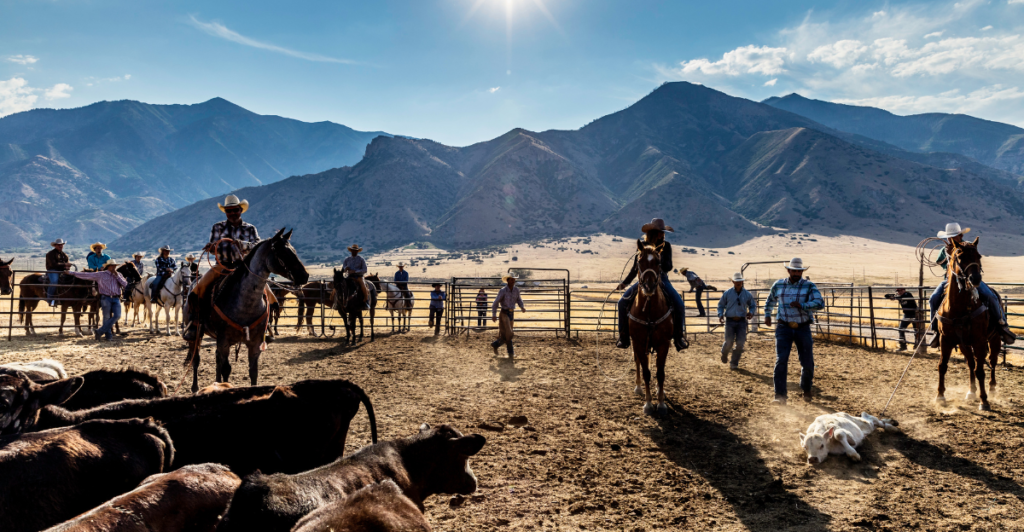
Montana Gov. Greg Gianforte and the state’s Department of Fish, Wildlife and Parks and Department of Livestock filed the lawsuit, citing that an increased bison population could lead to overgrazing and habitat degradation outside park boundaries. The state argues that bison are more likely to graze outside the park’s boundaries in winter, comprising local ranchers’ grassland for their cattle herds.
The Spread of Disease
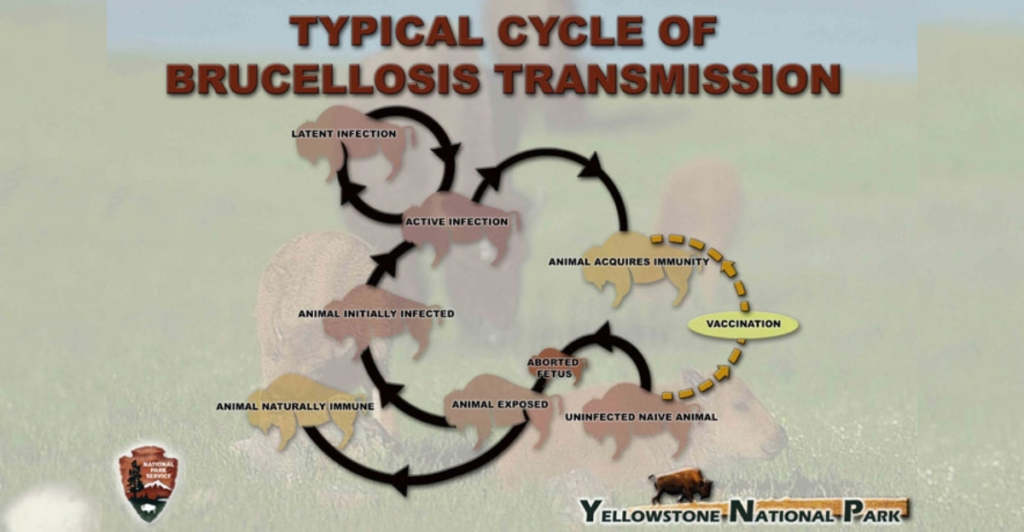
The state also argues that there is a concern about transmitting diseases, such as Brucellosis, to cattle. Brucellosis is a reproductive disease carried by some Yellowstone bison that could spread to cattle. The fear is that infected bison grazing outside of the park’s boundaries could spread Brucellosis to local cattle ranches, devasting entire herds and severely affecting beef production. However, it must be noted that there has not been a confirmed case of transmission from bison to cattle.
Basis for the Lawsuit

When announcing the lawsuit, Gov. Greg Gianforte stated that the park had developed the bison population increase plan without consulting the state. Furthermore, the Department of Livestock and Montana Fish, Wildlife, and Parks alleges that the National Park Service made procedural errors when developing the plan and failed to consider the livestock industry.
What Yellowstone has to Say
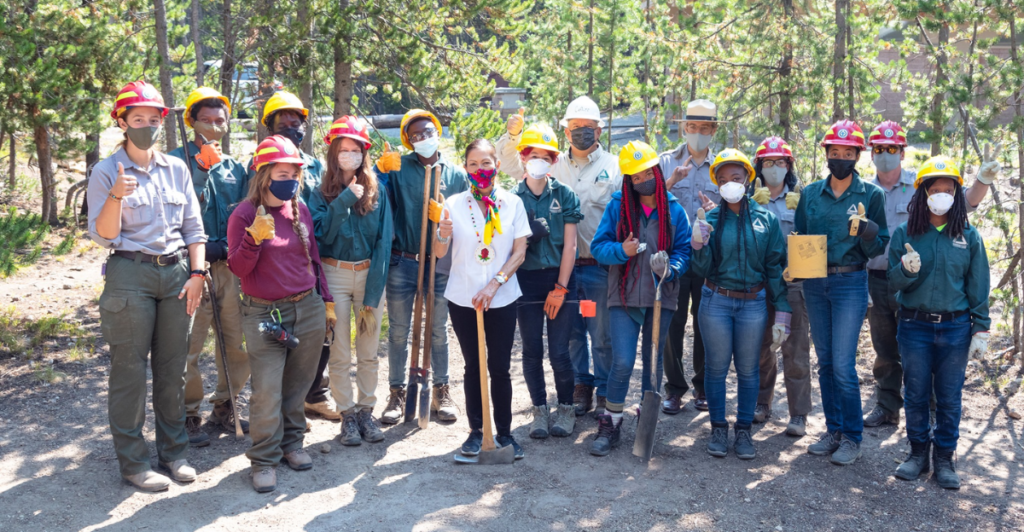
The park stands by its plan because it was developed after a new environmental impact assessment found that Yellowstone can support more bison without the herd negatively affecting ecosystems inside and outside the park. The assessment reflects changes in landscape and public opinion since previously agreed upon wildlife and livestock management plans and indicates a better understanding of Brucellosis transmission.
The Lawsuit’s Stakeholders
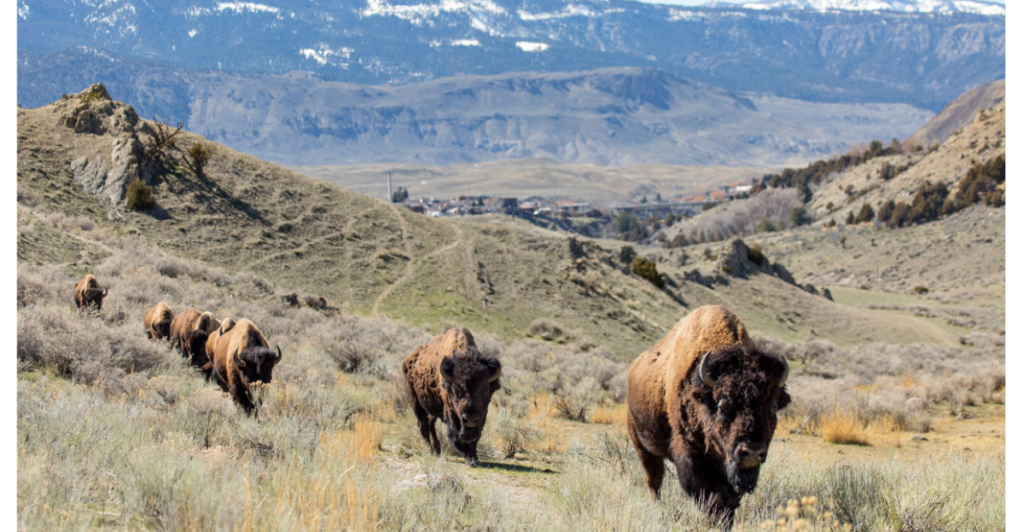
Local ranchers, conservation groups, and government agencies are all key stakeholders in the lawsuit. Thus far, wildlife advocates have criticized it, arguing that the state had plenty of time to contribute to the proposed plan given that more than 27,000 people commented on it. On the other hand, Gianforte argues that the “NPS has not given us a fair shake and has ignored concerns raised by the state.”
Bison’s Ecological Importance

The Yellowstone bison population plays a critical role in their ecosystems as grazers that help maintain grassland health. Additionally, they provide food for predators, scavengers, and decomposers. Their carcasses provide soil nutrients, creating fertile ground for new plant growth. Their grazing and wallowing habits further increase plant diversity. As a result, Bison are considered “ecosystem engineers.”
Finding Common Ground
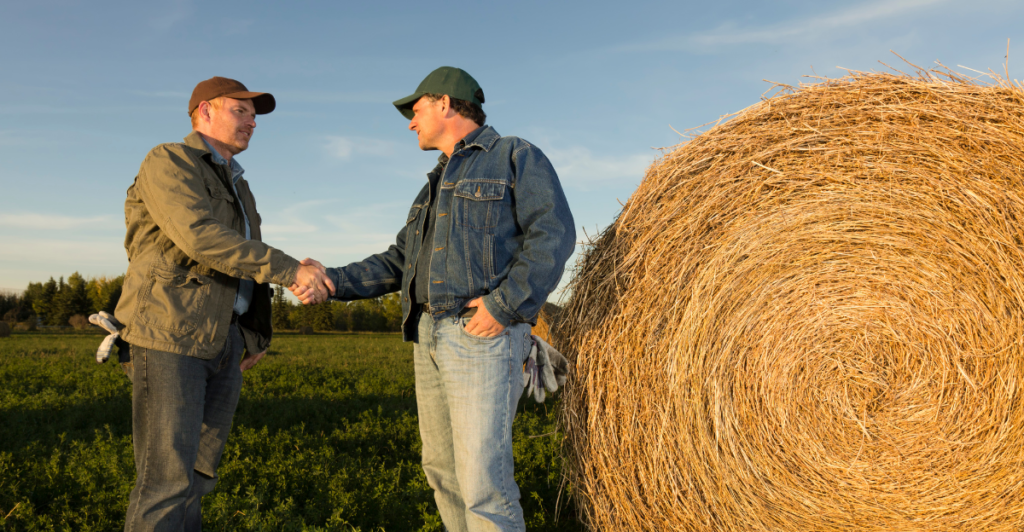
The lawsuit is evidence of significant disagreements about park management, state land, and the ability to control the effects of larger bison populations. While the state feels that Yellowstone cannot manage and control an increase in bison population and highlights the devasting effects if they are right, the park has made efforts to ensure that they do and has provided a clear way forward should the population get out of control.
Discover more of our trending stories and follow us to keep them appearing in your feed
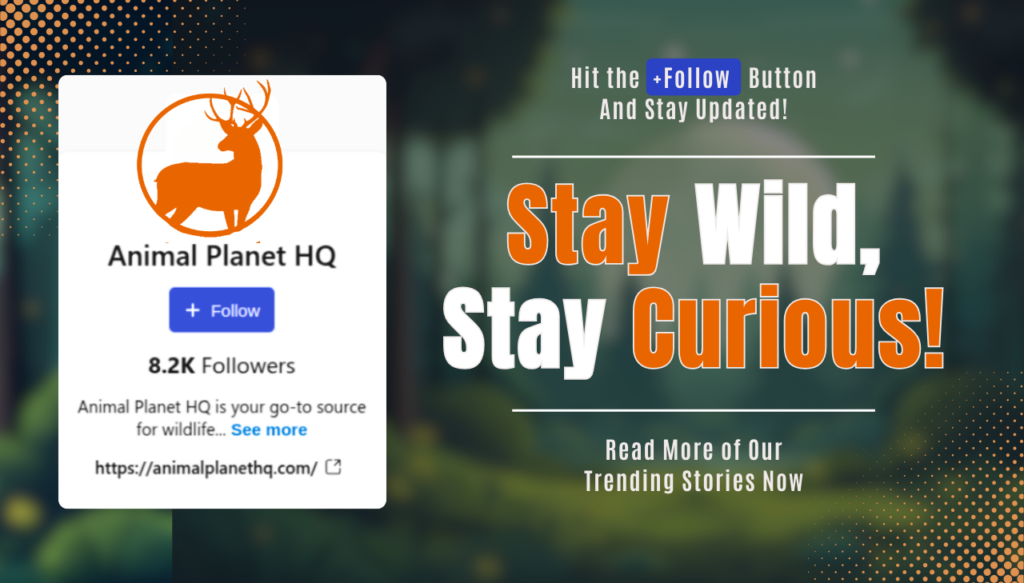
The War on Cows Is Over—And Green Extremists Have Lost
Bison Return Home To Native American Lands After Being Pushed To The Brink Of Extinction
California Is Breaking Apart: A Fault Line Is Forming Faster Than Anyone Predicted
Scientists Are Bringing Back The Wooly Mammoth
References:
Reference 1
Reference 2
Reference 3
This article first appeared here
Stay connected with us for more stories like this! Follow us to get the latest updates or hit the Follow button at the top of this article, and let us know what you think by leaving your feedback below. We’d love to hear from you!







